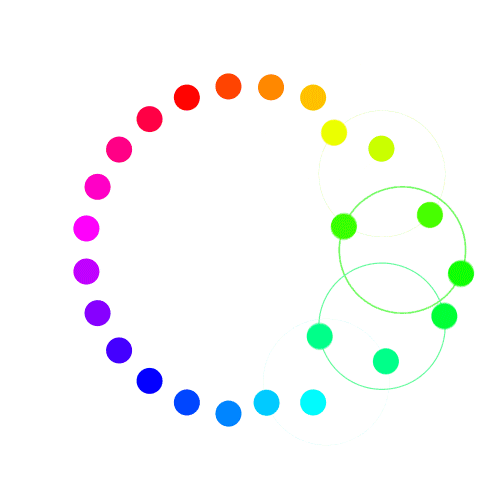Inorganic Pigments
Introducing Inorganic Pigments Your Solution for Long-Lasting BrillianceIntroducing Renol Enterprise high-quality Inorganic Pigments, a superior choice for all your coloring needs. These pigments, categorized under Colour Pigments, are specially formulated using top-grade plastic raw materials to ensure excellent performance and vibrant, long-lasting colors.
Inorganic pigments are colored substances that are derived from minerals. They are used in a wide variety of applications, including paints, coatings, plastics, textiles, and ceramics. Inorganic pigments are known for their durability, colorfastness, and resistance to heat and chemicals.
What is Inorganic Pigments?Renol Enterprise is a leading supplier of inorganic pigments for polymer plastics. Our pigments are made from high-quality raw materials and are processed using state-of-the-art technology. This ensures that our pigments offer excellent color strength, durability, and heat resistance. As a leading player in the industry, we understand the importance of color aesthetics in plastic products and offer a comprehensive selection of high-quality inorganic pigments under our Color Pigments category.
Inorganic pigments are typically composed of metal oxides, sulfides, or carbonates. The color of an inorganic pigment is determined by the specific metal or metal compound it contains. For example, titanium dioxide (TiO2) is a white pigment, iron oxide (Fe2O3) is a red pigment, and chromium oxide (Cr2O3) is a green pigment.
Features and Benefits:- Durability: Inorganic pigments are generally more durable than organic pigments and can withstand long-term exposure to sunlight, heat, and chemicals.
- Colorfastness: Inorganic pigments are generally more colorfast than organic pigments and will not fade or change color over time.
- Opacity: Inorganic pigments are typically more opaque than organic pigments, which means they can provide good coverage and hiding power.
- Tinting strength: Inorganic pigments have a higher tinting strength than organic pigments, meaning that a small amount of pigment can produce a deep, rich color.
- Cost: Inorganic pigments are generally less expensive than organic pigments.
- Titanium dioxide: Titanium dioxide is the most widely used white pigment in the world. It is used in a wide variety of applications, including paints, coatings, plastics, and paper.
- Iron oxides: Iron oxides are available in a variety of colors, including red, yellow, brown, and black. They are used in a wide range of applications, including paints, coatings, plastics, and ceramics.
- Chromium oxides: Chromium oxides are available in a variety of colors, including green, yellow, and orange. They are used in a wide range of applications, including paints, coatings, plastics, and ceramics.
Choose Renol Enterprise for Inorganic Pigments:
Inorganic pigments are a versatile and durable class of pigments that are used in a wide variety of applications. They offer a number of advantages over organic pigments, including durability, colorfastness, opacity, tinting strength, and cost. However, it is important to select inorganic pigments that are safe for use in the intended application and to dispose of them properly.
-
Additional Information:
- History of inorganic pigments: Inorganic pigments have been used for centuries, dating back to ancient Egypt. Some of the earliest inorganic pigments used included iron oxides, manganese oxides, and carbon black.
- Production of inorganic pigments: Inorganic pigments are produced using a variety of methods, depending on the specific pigment. Some inorganic pigments are mined from natural deposits.
wires-and-cables

